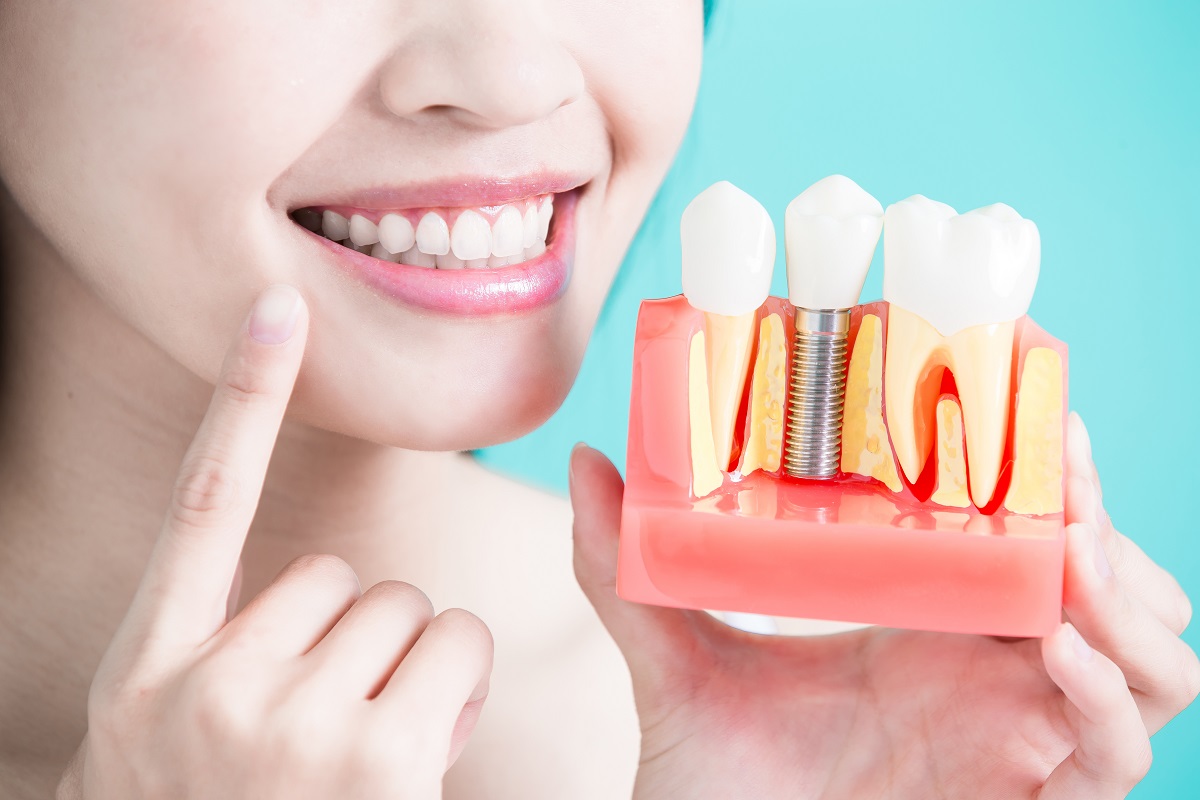When you have a gap in your teeth caused by a missing tooth, it can be an irritant at best and something that harms your self-esteem at worst.
If you have been looking for a way to resolve the issues that surround a missing tooth or teeth, you will probably have come across oral implants. But if you have been told by your dentist that you are unsuitable for the standard endosteal implant, is this an option that is still worth pursuing?
In short, yes it is and you may be suitable for a type of dental implant Melbourne known as a subperiosteal implant.
Here is a short guide to this implant option.
What is a subperiosteal implant?
A subperiosteal implant is a type of oral implant that is made from a metal framework. Unlike other oral implants, this option is not inserted into the jaw and is instead affixed underneath the gum line and above the jawbone.
Why do these oral implants exist? Because many people do not have a sufficient amount of jawbone to support endosteal implants. And so, an alternative option was needed.
But with improvements in dental imaging and bone grafting technology, these options are rarely used.
The consultation
Your dentist may decide you are suitable for subperiosteal implants at the initial oral implant consultation.
This will typically be concluded following an X-ray. As mentioned before, these implants are usually suited for people who have lower amounts of the jawbone, which can be due to disease, age, or simple disintegration.
Measurements will still need to be taken of your jaw, so your team can sculpt the most suitable template for the implant frame.
The fitting
The fitting of subperiosteal implants usually involves your dental team numbing your gum and then making some small incisions along your gum line. Peeling these areas back strategically, the bone is then exposed and the framework is placed on top of the jaw. Once your dentist is happy that this is secured, the gum will then be sewn back together and the surgery is complete.
Aftercare

As is the way with surgery, there will be some general aftercare steps that you need to take to keep the site clean and to prevent infection.
For one thing, you will need to refrain from directly brushing the implant site with a toothbrush; this can aggravate the gums and cause issues with inflammation. So, you should clean the area with saltwater as required until your gums have ceased to be swollen and uncomfortable.
Avoid eating hot or spicy foods, as this can once again cause issues with the gum. If you spot signs of infections, such as excessive swelling, discolouration, discomfort, or the presence of pus, please contact your dental team quickly.
Maintenance
To maintain your newly fitted oral implants, aim to brush the attached prosthetics twice a day. Keep an eye out for signs of gum disease and, of course, attend biannual check-ups with your dental team.
If you follow these steps, your subperiosteal implants should easily last up to or over 10 years.
DISCLAIMER
Any surgical or invasive procedure carries risks. Before proceeding you should seek a second opinion from an appropriately qualified health practitioner.

